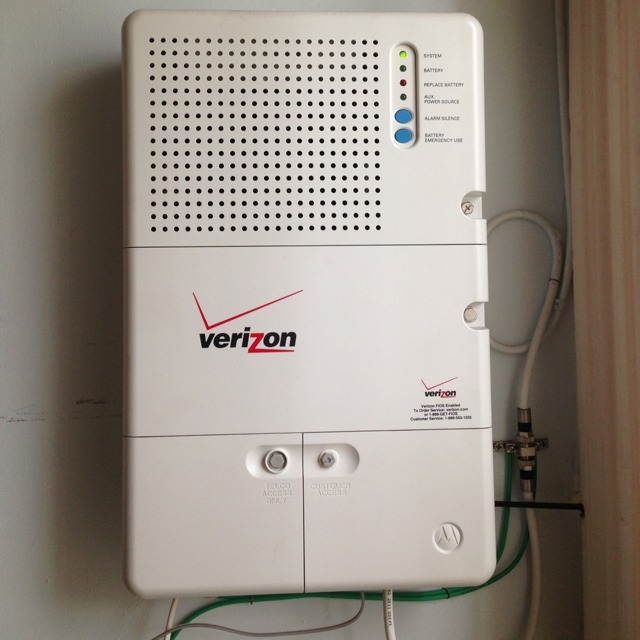Wi-Fi Calling > Plain Old Celluar Service
- Leave a Comment
- Shortlink
- 3 min
A common sight of the smartphone era is watching people hunt for and then tether themselves to an AC outlet to charge their phones. Prior to the iPhone, mobile phones didn’t use much power because, as I’ve written elsewhere, old phones and PDAs didn’t do very much, and if you did run out of power, you could swap your battery for a freshly charged spare.
But an even older hunt is the search for a strong cellular radio signal. For the most part, I’ve been pretty lucky living in places with strong cellular reception. I have only had problems using my mobile phone when in basements: I lived in one between 2006 and 2007, and I have been working in a subterreanean office at NYU since 2010. Over the years, IP services over Wi-Fi have offered some workarounds to weak or non-existent cellular connections.
- iMessage has allowed me to “text” other iPhone users since that is an IP service becaue it uses Wi-Fi first before falling back to the cellular network
- My Google Voice number rings all my phones, including a dependable landline phone, where I can place and receive calls. It also allowed me to message friends not on iMessage.
- FaceTime Audio works over Wi-Fi, not only the cellular network, and has allowed me place and receive “telephone calls” with even better audio quality than the legacy telephone network.
- And, of course, there’s a litany of messaging apps available for smartphones that circumvent SMS over cellular.
As an AT&T customer, the last and best fix finally arrived recently in the form of Wi-Fi Calling. iPhone has been capable of routing phone calls over Wi-Fi for over a year. For example, it was available on T-Mobile after last year’s release of iOS 8. It was finally activated this year, with iOS 9, for AT&T customers using an iPhone 6 or later.
Glenn Fleishman offers an extended tutorial on how to activate Wi-Fi calling for iPhone. The process involves a few steps:
- Go to Settings > Phone > Wi-Fi Calling and turn on that feature.
- Enter your address in the event you call to make
- Allow Wi-Fi Calling for your other devices.
Since activating Wi-Fi Calling, I’ve seen the “AT&T Wi-Fi” text only intermittently. It works at my basement office at NYU, where I can’t reliably access the cellular network but have decent Wi-Fi coverage. It also worked a handful of times at my parent’s house in Southern California, which has some spotty coverage, but it does not work at my own home, where I am almost always connected to Wi-Fi but have reliable cellular reception. The last situation proves that Wi-Fi Calling only works as a fallback to the cellular network.
Nonetheless, I appreciate that I finally can place and receive telephone calls from those places with spotty cellular reception, without resorting to using an IP service like FaceTime or Google Voice. Calls go through using my old plain old telephone number.
Moreover, because SMS is also routed through Wi-Fi Calling, I can send and receive messages to my “green bubble” friends without confusing them with a phone number generated by Google Voice or using a dedicated messaging app, like LINE or What’s App. Gross!




